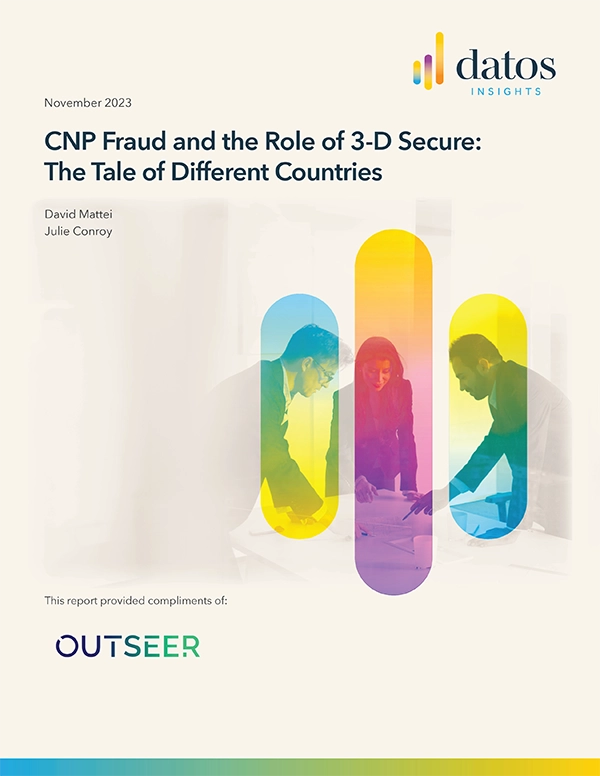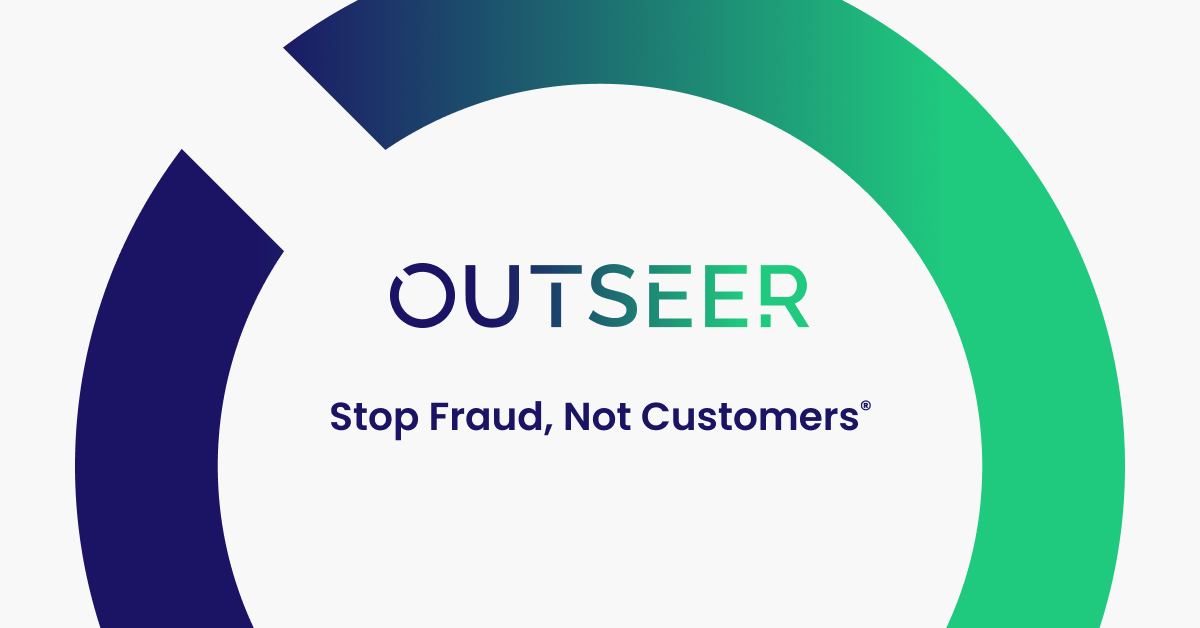Brand abuse has been a growing concern in the digital age, where cyber threats can easily tarnish a company’s reputation and cause significant financial losses. Hackers, cybercriminals, and other malicious actors often target businesses with the intent of stealing sensitive data, spreading false information, and damaging brand reputation. As such, it has become essential for organizations to take proactive measures to prevent brand abuse with cyber threat intelligence.
Cyber threat intelligence (CTI) is the practice of collecting, analyzing, and sharing information about potential cyber threats to an organization. CTI can be used to identify and mitigate risks to brand reputation, such as phishing attacks, social media impersonation, and domain hijacking. Here are some ways CTI can be used to prevent brand abuse:
Monitor Social Media Channels
Social media has become a critical platform for businesses to engage with their customers and promote their brand. However, social media channels can also be used by malicious actors to impersonate a brand or spread false information. CTI tools can be used to monitor social media channels for any suspicious activity and alert businesses to potential threats.
Analyze Domain Registrations
Domain hijacking is a common tactic used by cybercriminals to steal a company’s domain name and redirect traffic to a malicious website. CTI tools can be used to monitor domain registrations and alert businesses to any suspicious activity, such as the registration of similar domain names or changes in ownership.
Identify Phishing Campaigns
Phishing attacks are a common tactic used by cybercriminals to steal sensitive data, such as login credentials or financial information. CTI tools can be used to analyze phishing emails and identify patterns or Indicators of Compromise (IoC’s). This information can be used to block phishing emails before they reach employees or customers.
Monitor for Fake Mobile Application
Preventing brand abuse on mobile applications is crucial to protect your company’s reputation and intellectual property. One way to achieve this is by monitoring for fake mobile applications using cyber threat intelligence requires a combination of automated and manual analysis techniques, as well as ongoing monitoring and vigilance. By staying up to date with the latest threats and trends, organizations can better protect their users and their data from cyber-attacks. Regularly monitoring and analyzing user reviews and feedback can also help detect and prevent potential brand abuse on your mobile application. By incorporating cyber threat intelligence into your mobile application security strategy, you can ensure the protection of your brand and maintain the trust of your customers.
Monitor Dark Web Activity
The dark web is a haven for cybercriminals to buy and sell stolen data and tools for conducting cyber-attacks. CTI tools can be used to monitor dark web activity and alert businesses to any potential threats. This information can be used to take proactive measures to prevent data breaches or cyber-attacks.
What are the best ways to utilize of cyber threat intelligence in organizations?
Cyber threat intelligence (CTI) can be a powerful tool for organizations to help them identify, prevent, and respond to cyber threats. To effectively utilize CTI in your organization, you should consider the following steps:
- Define your organization’s CTI requirements: Determine what types of threats you want to monitor and what data sources you want to use. This will help you narrow down your search for the appropriate CTI solution.
- Identify your key assets: Identify the most critical assets in your organization, such as customer data, financial information, and intellectual property. This will help you prioritize your CTI efforts.
- Develop a CTI program: Develop a CTI program that aligns with your organization’s overall security strategy. This program should include policies and procedures for collecting, analyzing, and sharing CTI.
- Integrate CTI into your security operations: Integrate CTI into your security operations to improve your organization’s overall security posture. This may include automating threat detection and response, or training security analysts to use CTI tools effectively.
- Monitor and evaluate your CTI program: Continuously monitor and evaluate your CTI program to ensure that it is meeting your organization’s needs. This will help you identify areas for improvement and adjust your CTI strategy accordingly.
In conclusion, brand abuse is a growing concern in the digital age, where cyber threats can easily tarnish a company’s reputation and cause significant financial losses. CTI tools can be used to prevent brand abuse by monitoring social media channels, analyzing domain registrations, identifying phishing attacks, monitoring of mobile application, and monitoring dark web activity. By taking proactive measures to prevent cyber threats, businesses can protect their brand reputation and ensure their customers’ trust.
Defending Software that Defends Banks: Lessons Learned from the Biggest Banks
With the increasing number of cyberattacks, the banking industry and its supply chain have become a prime target for attackers due to the valuable financial information they possess. The entire financial sector is considered a high-value target for hackers who seek to gain access to sensitive information or disrupt their operations.
Watch the webinar to learn about 10 best practices on how your supply chain should be protecting your data, including:
- Developing and adopting a Zero Trust Strategy
- Implementing strong authentication mechanisms
- Developing strong application security
- Data protection as a lifestyle
- Cybersecurity compliance as the minimum standard
- Collaborating with industry peers















